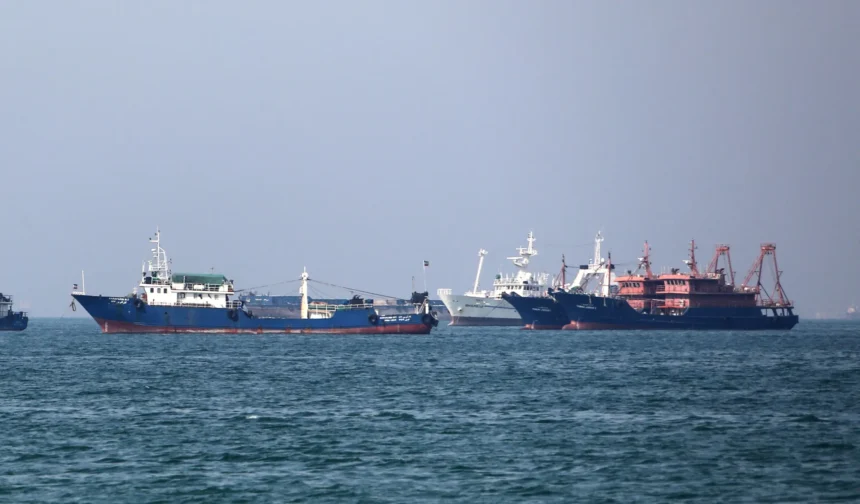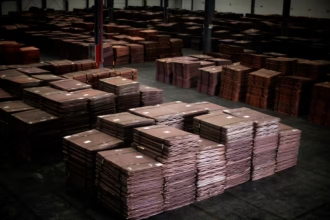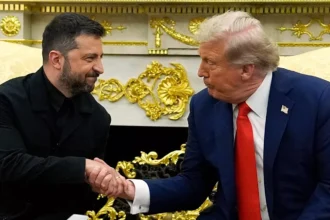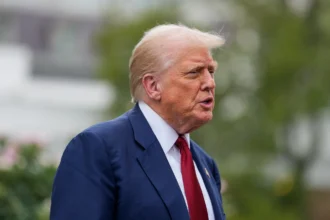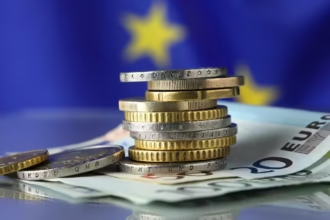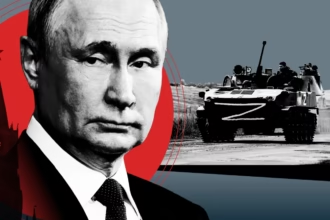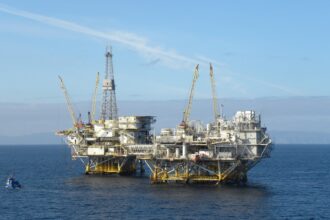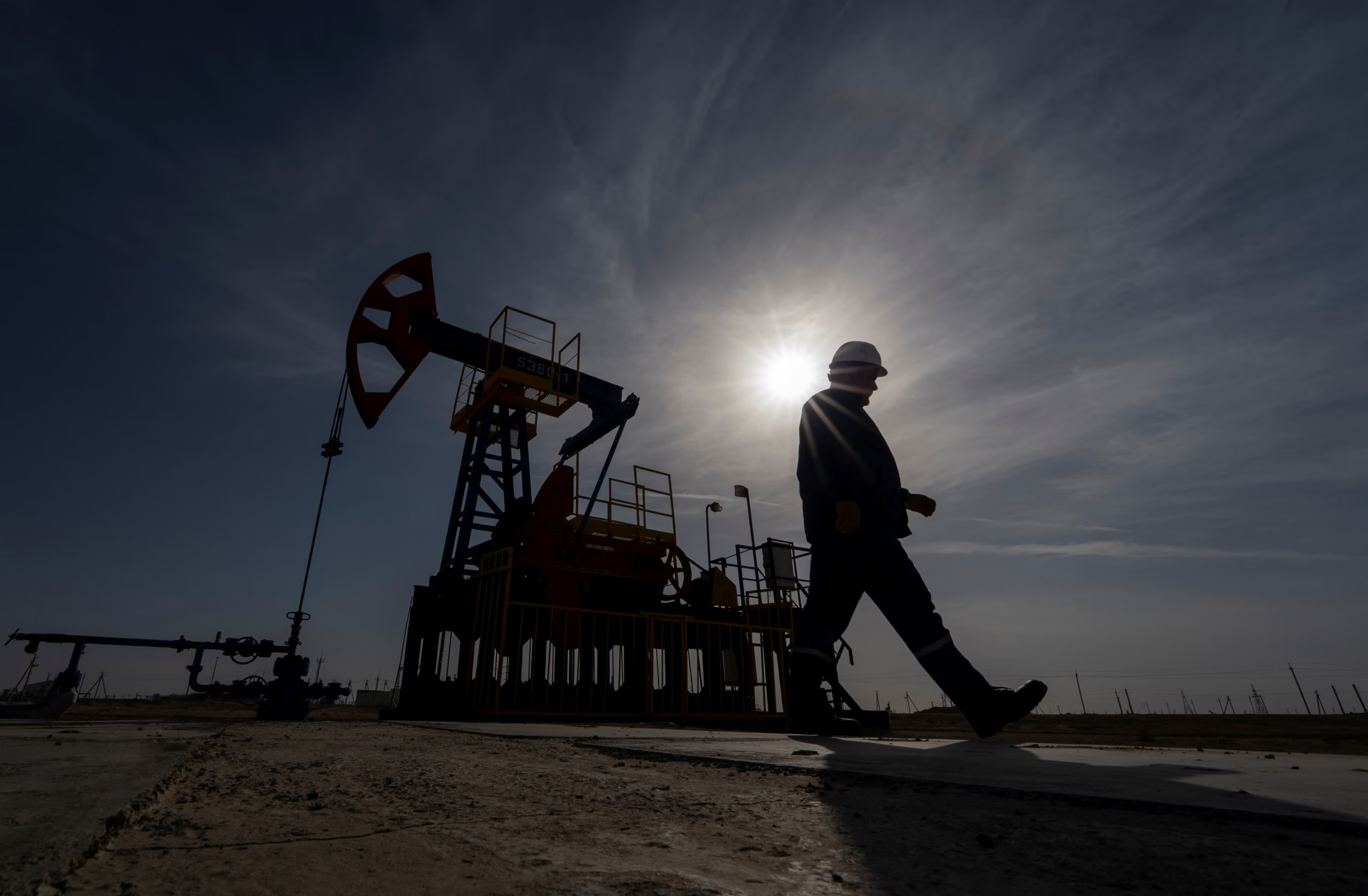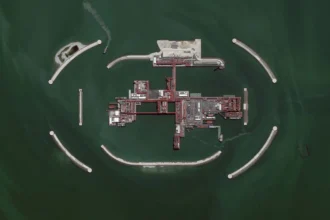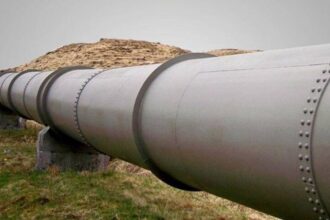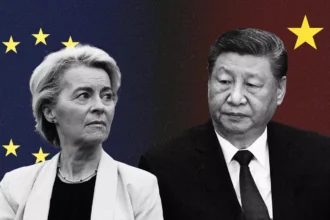The recent tensions around the Strait of Hormuz serve as a stark reminder that Europe’s energy strategy remains rooted in outdated assumptions and vulnerabilities. Despite decades of warnings, Europe continues to rely heavily on traditional fossil fuel supply routes and sources that expose it to geopolitical risks and market shocks.
Hormuz, a strategic chokepoint through which a significant share of the world’s oil transits, has long been a flashpoint in Middle East geopolitics. Recent incidents and threats in the region underscore how fragile these supply lines are, especially for Europe’s energy imports.
Yet, Europe’s response has been slow and incremental. Efforts to diversify energy sources and routes often lag behind fast-evolving global realities, while dependence on Russian gas and Middle Eastern oil persists. Investments in renewables and alternative energy infrastructure, though growing, have yet to reach a scale sufficient to break these historical dependencies.
The Hormuz warning shot highlights the urgent need for Europe to accelerate a comprehensive energy transformation—one that embraces flexibility, resilience, and sustainability. This means not only investing aggressively in renewables and LNG infrastructure but also rethinking geopolitical partnerships and supply chains to reduce exposure to volatile regions.
Without bold reforms, Europe risks repeated disruptions and economic fallout as global energy politics remain turbulent. Hormuz is a wake-up call: clinging to the past will only deepen Europe’s energy insecurity in an increasingly unstable world.

